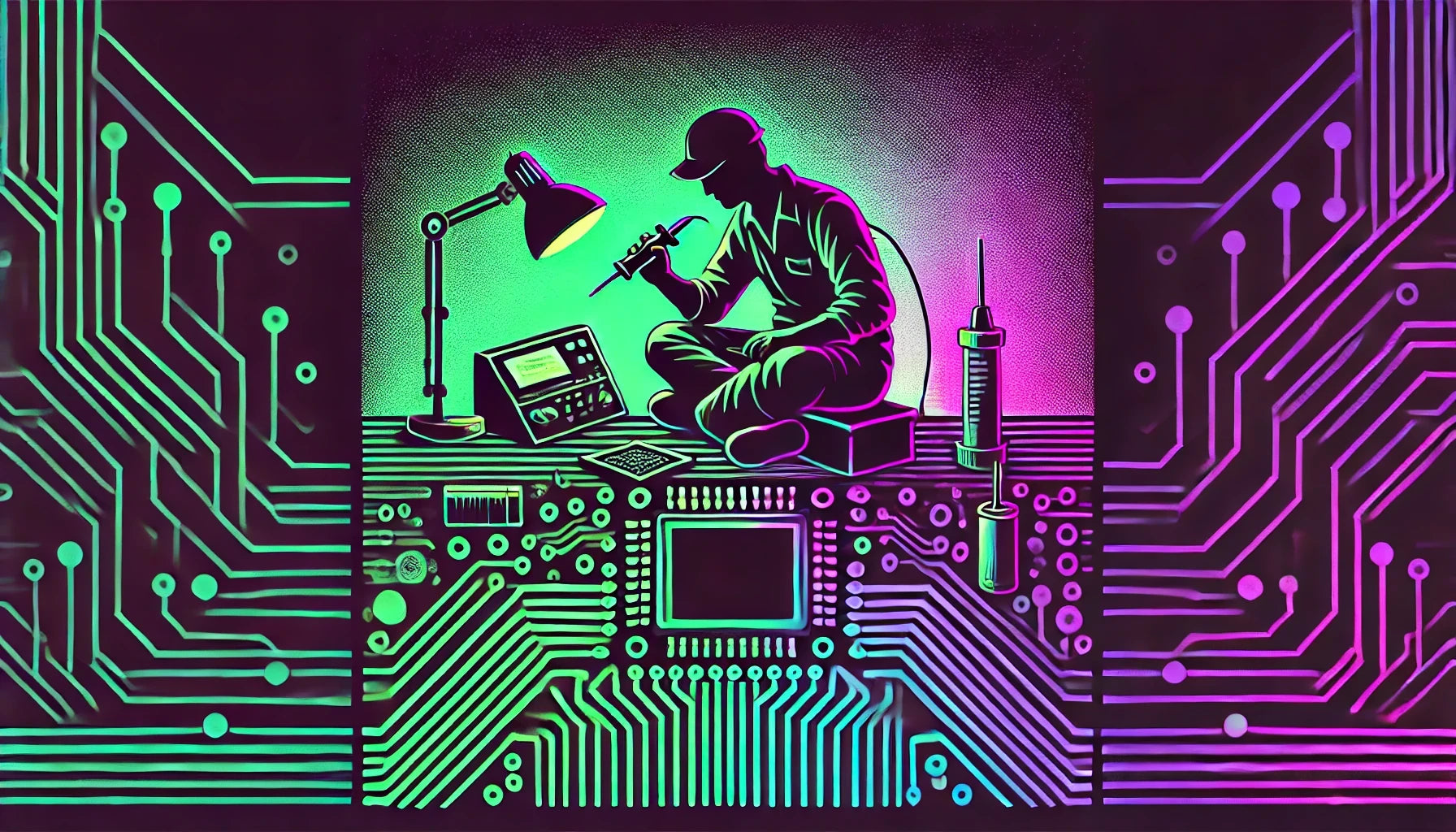Causes of setState() or markNeedsBuild() Called During Build in Flutter
- State Modification During a Build Phase: Flutter's rendering pipeline is designed to be deterministic, meaning that it expects the UI tree to remain unchanged during the build process. If `setState()` is called during the build phase (when widgets are being rebuilt), it can lead to inconsistent states. This typically happens if you attempt to change the state of a widget from within the `build()` method. This disrupts the tree's integrity, resulting in the error.
- Asynchronous Calls Leading to a State Change: An asynchronous operation, like a `Future` or a `Stream`, might complete during the build phase and invoke a callback that calls `setState()`. If the timing coincides with the widget being rebuilt, it can cause a conflict as the framework is in the midst of building widgets.
- Direct State Change in Constructors: Invoking `setState()` from widget constructors or initializers is not allowed, as these are phases intended to initialize the widget, not update it. Modifying state in these stages can lead to the error because the widget's elements are not fully established.
- Side Effects in build() Method: Actions within the `build()` method intended to trigger state changes, such as initiating network requests, computations, or even firing events, can inadvertently call `setState()` during the build process. The `build()` method should be pure and free from side effects to avoid triggering further rebuilds.
- Nested setState() Calls: A situation where a `setState()` inside another `setState()` might occur. If the nested call causes a rebuild, and the parent `setState()` is still active, it results in conflicting rebuild triggers in the same frame.
- Incorrect Use of InheritedWidget or Provider: When relying on these patterns, improperly accessing them in a way that prompts `setState()` during the build phase can cause problems. Accessing `BuildContext` improperly within asynchronous operations can lead to indirectly setting state at the wrong time.
- Error State Management Practices: Suboptimal design where state changes are triggered too frequently or in an uncontrolled manner can lead to instances where updates overlap with the build phase inadvertently. This can occur in complex widget trees with scattered state management logic.
class MyWidget extends StatefulWidget {
@override
_MyWidgetState createState() => _MyWidgetState();
}
class _MyWidgetState extends State<MyWidget> {
@override
Widget build(BuildContext context) {
// Incorrect: If setState() is invoked here directly, it will cause issues.
setState(() {
// State modification logic.
});
return Container();
}
}
Summary
- Calling `setState()` or indirectly via `markNeedsBuild()` during a widget's build phase can lead to state inconsistencies.
- This issue often arises from modifying states within `build()`, asynchronous callbacks completing during a build, or improper lifecycle management.

























